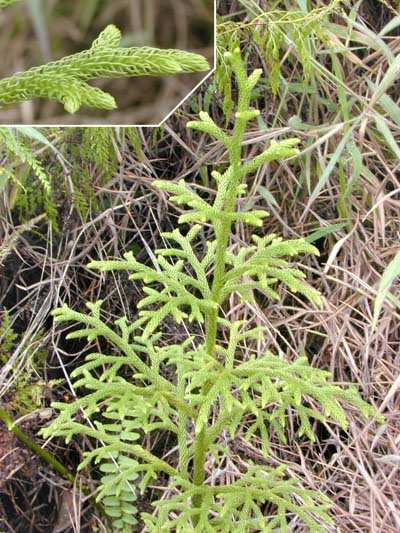
Figure 1 -Lycopodiella cernua. Image from the Wikimedia Commons original by Eric Guinther distributed under a Creative Commons Share-Alike Attribution 4.0 International license.
Last night I was doing some reading about the lycophyta. This is a phylum of vascular plants. OK, don’t ask me why. It’s just that I am interested in all sorts of things. Figure 1 is an example of a lycophyte specially Lycopodiella cernua. If you walk along in forests, like I do, these kinds of plants are quite common. Indeed, that statement could be made for a very long time. The fossil record dates them back to the Devonian, 416 million to 358 million years ago.
You may at this point ask what this all has to do with photography and the thing is that in my taxonomy book I came across a cryptic statement that lycophyte spores were used in photography flash powder. This seemed a invaluable factoid and perked my love of the esoteric gene. So today I did some computer searching.
Lets see human uses of lycopodia abound. There are the usual uses in treating ailments such as urinary tract problems, diarrhea and other digestive tract problems, headaches, skin ailments, and the induction of labor. And, needless-to-say, in some cultures they were used as aphrodisiacs. Where would we be without that? And here’s the critical thing, the spores are also very flammable because of to their high oil content. As a result, they were used in Native American cultures for dramatic ceremonial purposes. The shamans would toss the spores into a fire for a flash of light. As a result, Lycopodium powder was used as a flash powder for photography. The dried spores of the common clubmoss, was similarly used in Victorian theater to produce flame-effects and in fireworks. A blown cloud of spores burned rapidly and brightly, but with little heat. It was considered safe by the standards of the time. Famous last words!
In the 19th century lycopodium powder was a common laboratory supply, The inventor of photography Nicéphore Niépce used lycopodium powder in the fuel for the first internal combustion engine, the Pyréolophore, in about 1807. Chester Carlson used lycopodium powder in 1938 in his early experiments to demonstrate xerography, aka the precursor of today’s Xerox machine. Still not impressed? Take a look at this video.
